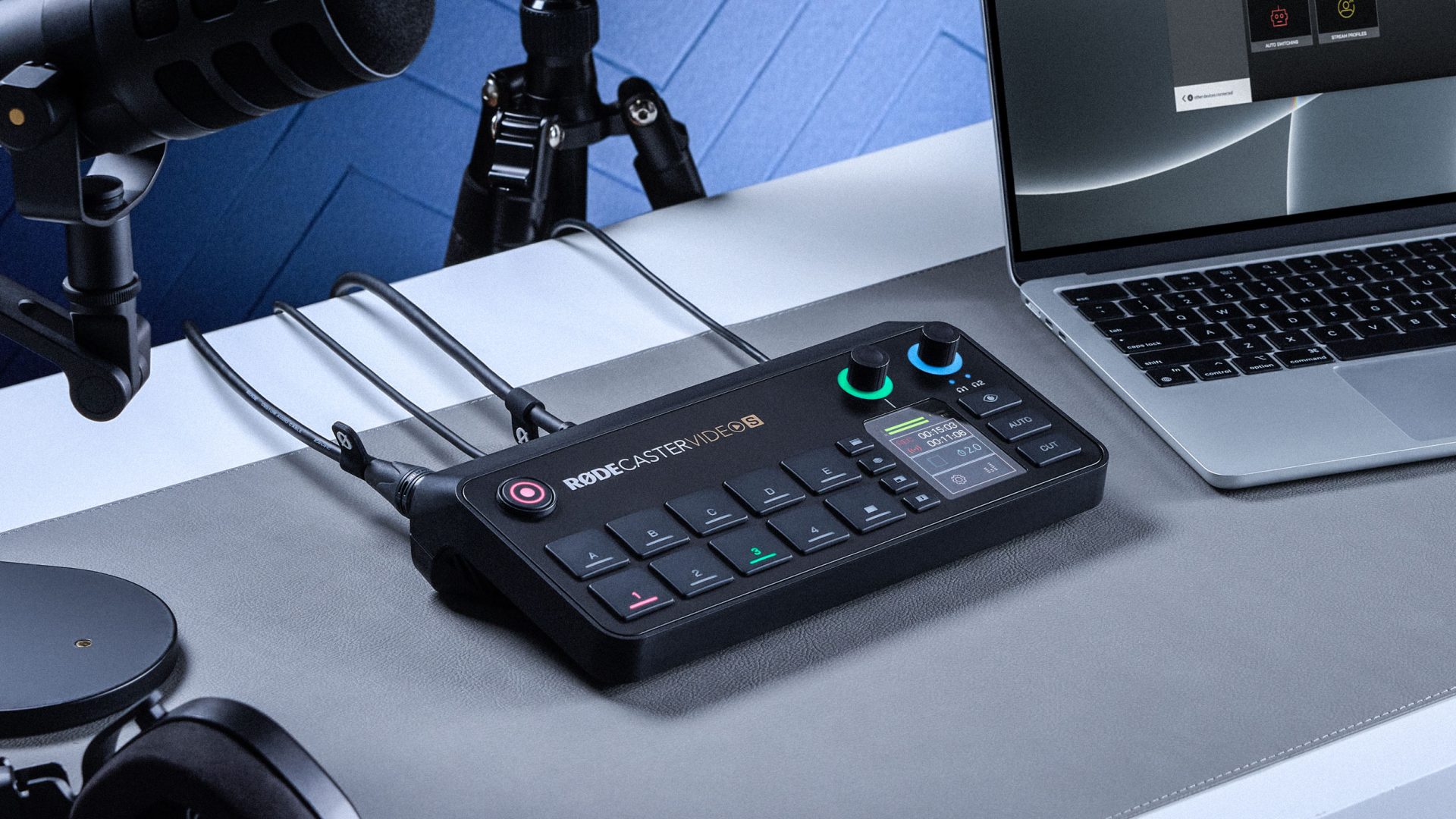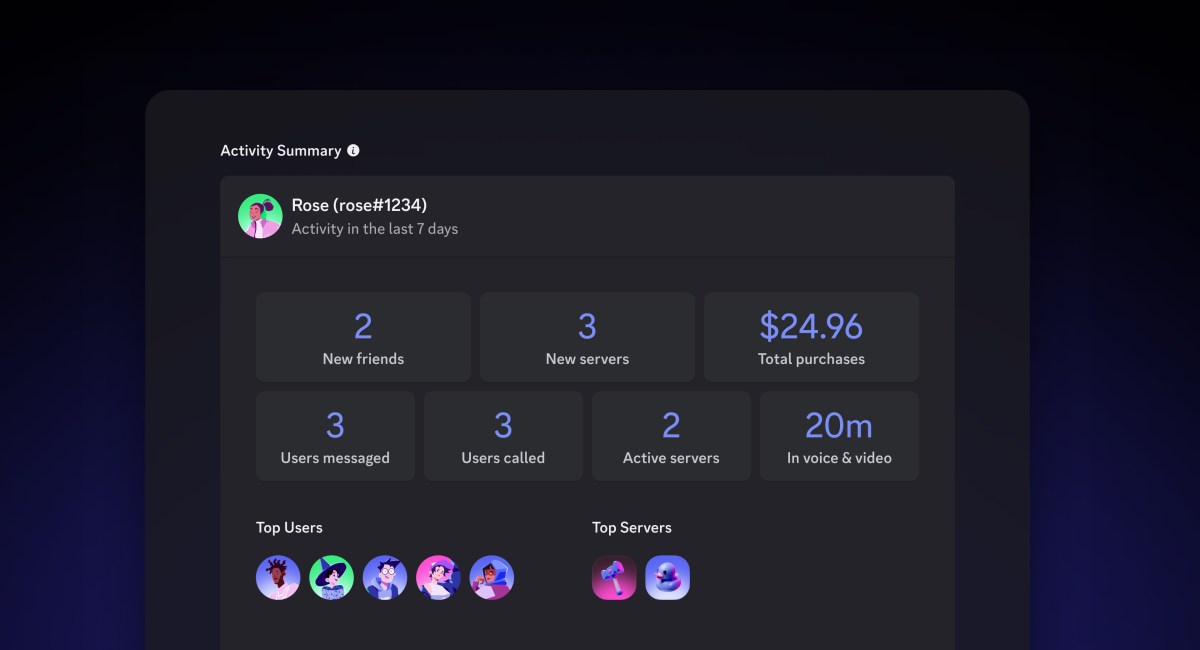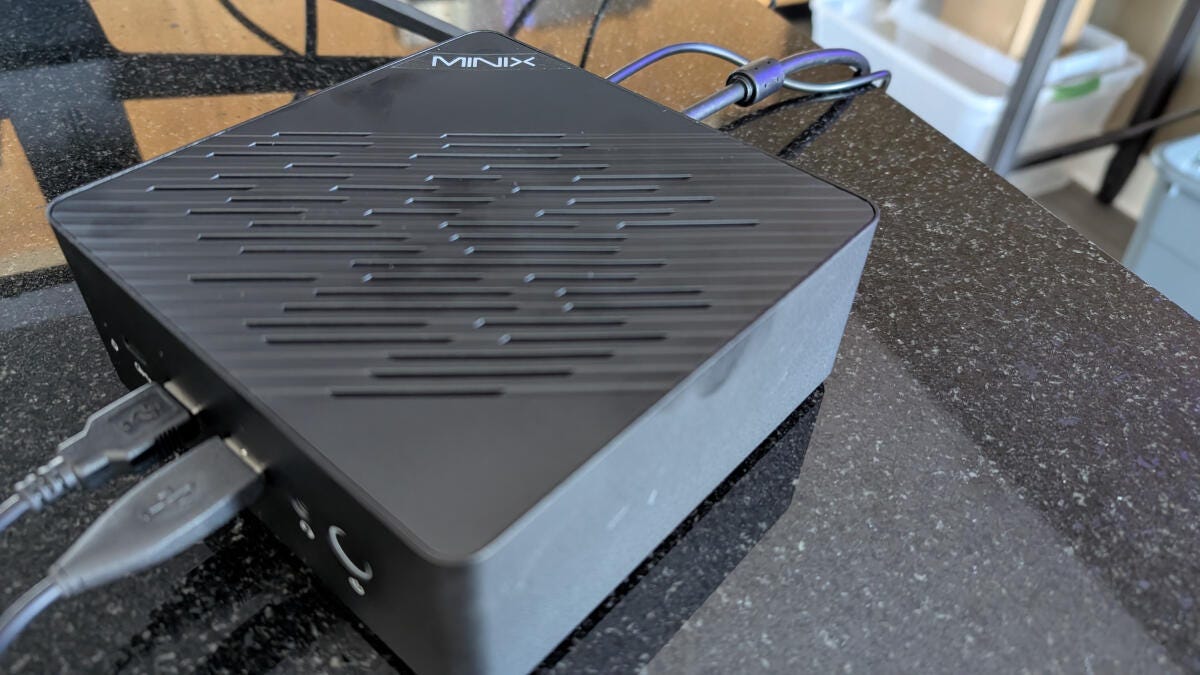Rode’s all-in-one video production console is now smaller and cheaper


Rode has announced a new version of the Rodecaster Video portable production console it launched just over a year ago, but the Rodecaster Video S isn’t a replacement. The Rodecaster Video S offers similar functionality to the original, including switching and mixing multiple video and audio sources and replacing blue or green screens, but with an even smaller footprint and price.
The Rodecaster Video launched at $1,199 in late September 2024, while the new S version is available for preorder now for less than half that, at $499. The smaller version can’t accommodate as many video sources as the original, which itself was designed to be a limited but more affordable alternative to professional video switchers used in dedicated studios.
At nearly $500, the Rodecaster Video S still isn’t a cheap tool for amateur streamers. But for established podcasters looking to test the waters with video versions of their content, it’s an even more affordable and accessible all-in-one solution when you factor in the built-in functionality like chroma keying and compatibility with both professional and consumer-grade audio and video gear.

The Rodecaster Video S is powered by the same unnamed “high-performance octa-core processor” as the previous version, with video capabilities that max out at 1080p. It’s a couple inches shorter and almost 400 grams lighter, but the improved portability does come with some sacrifices. The Rodecaster Video featured four HDMI inputs, two HDMI outputs, and a pair of multifunction USB-C inputs for connecting mics and webcams. This new version has just three HDMI inputs, a single multifunction USB-C port for audio and video devices, and one HDMI video output.
The Video S does carry forward the original’s pair of combo XLR/1/4” jack inputs, so it’s still compatible with professional-grade microphones, but you can alternately connect USB mics or Rode’s Series IV wireless mics using two built-in wireless receivers. A pair of 1/4” jacks provide custom mixes and levels to two sets of wired headphones, but the dedicated speaker outputs found on the original have been removed.

You’ll still find a two-inch touchscreen on the Rodecaster Video S with its own dial controller for navigating settings and making adjustments, but the number of large buttons used to switch between video sources or load up to five preset scenes configurable using Rode’s desktop app has been reduced from 14 to 10.
Other features carried over from the original Rodecaster Video include livestreaming to desktop software or directly to platforms like YouTube, Twitch, and Facebook. Or you can record broadcasts, including the individual video and audio sources separately, to an external USB storage drive for editing later. And because the Rodecaster Video S is designed for smaller productions, if you don’t have the budget for a dedicated operator, the console itself can automatically switch between multiple camera angles based on who’s speaking.


